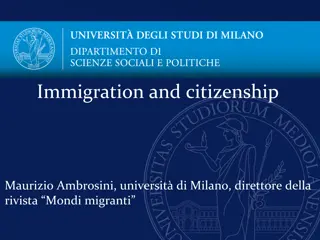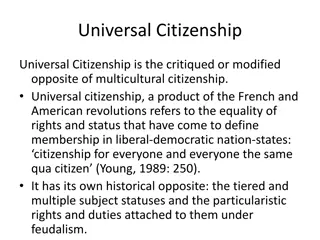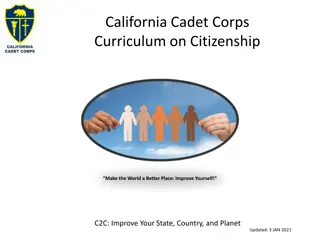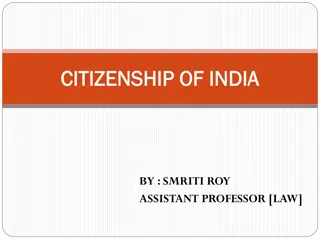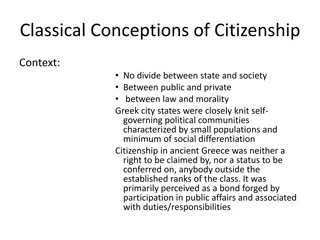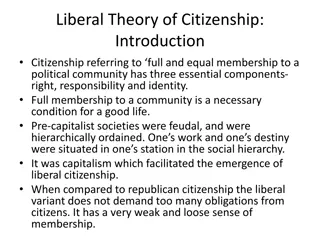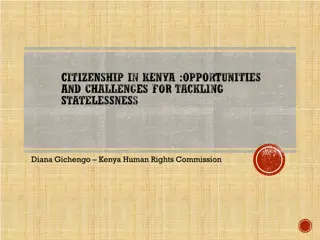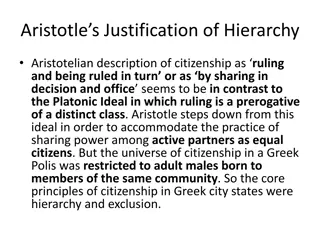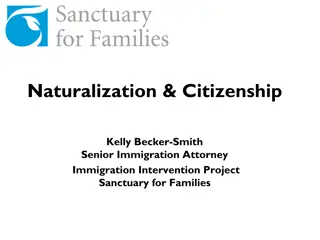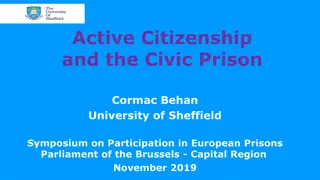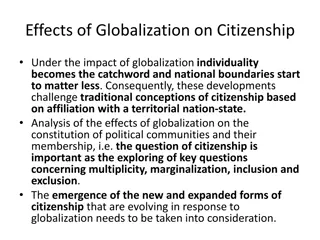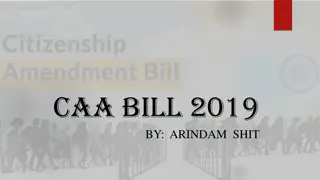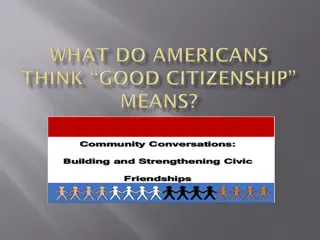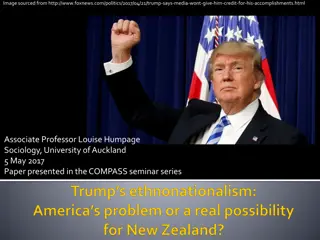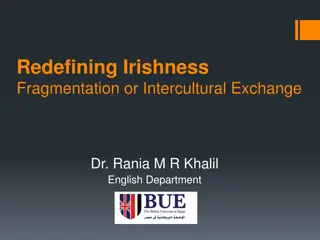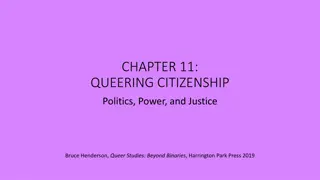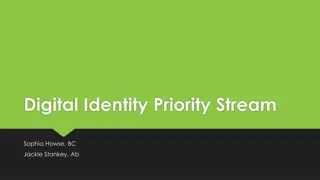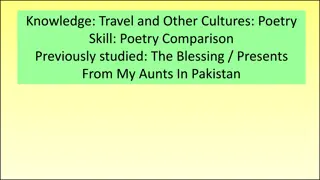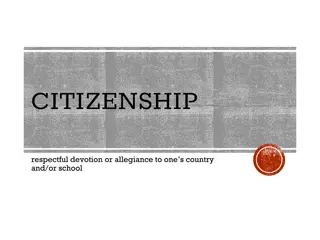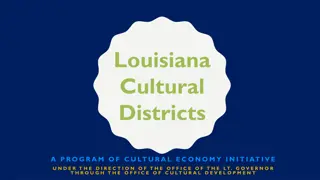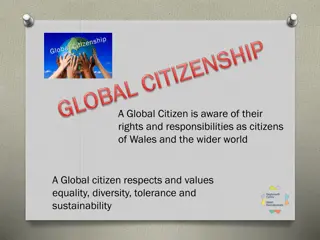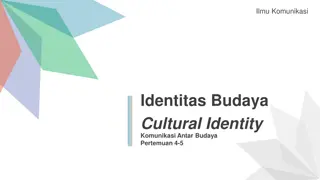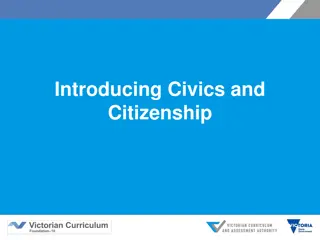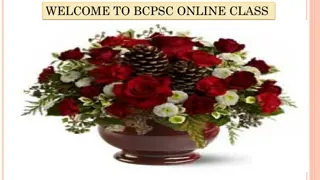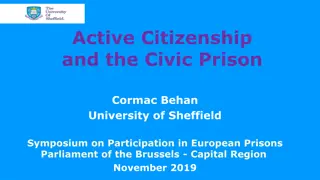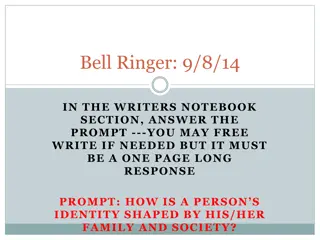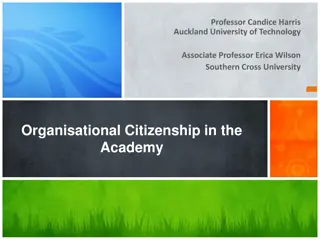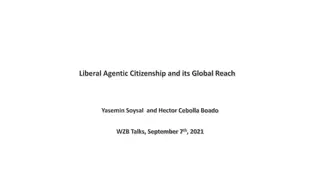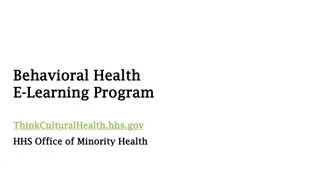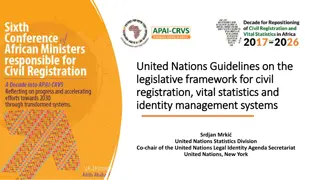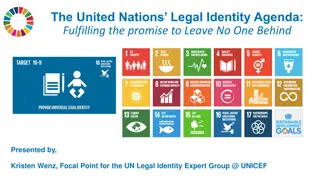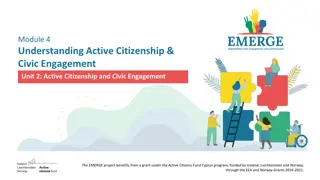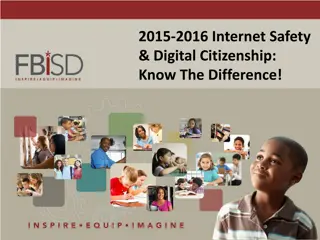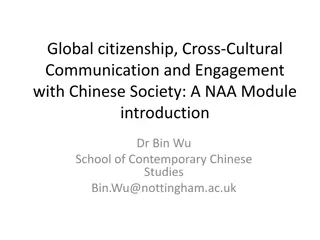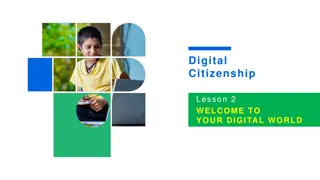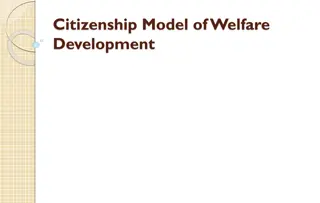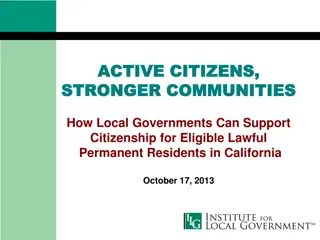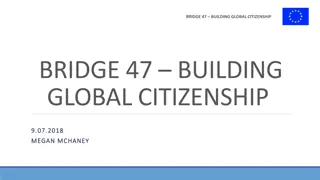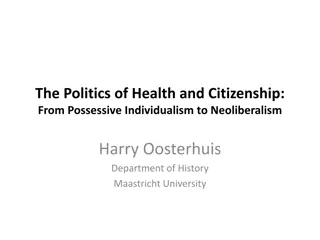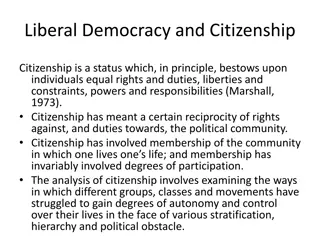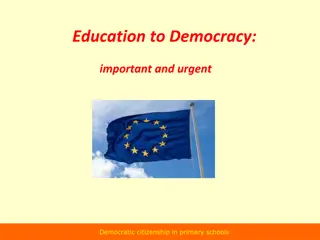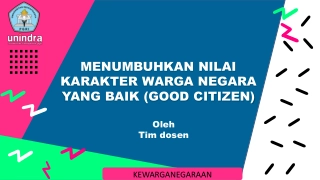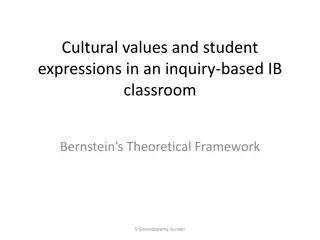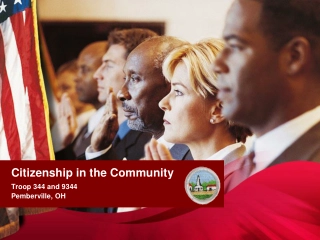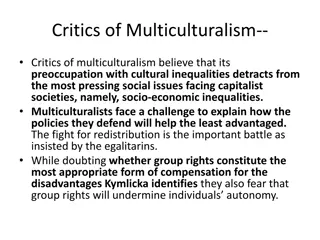Exploring Cultural Identity and Citizenship in the Classroom
Navigate the complexities of cultural identity and citizenship in the classroom by engaging students in discussions about their cultures, deepening their self-awareness, and fostering critical thinking on societal issues. Embrace diverse perspectives through activities that promote global competence and self-reflection.
Download Presentation

Please find below an Image/Link to download the presentation.
The content on the website is provided AS IS for your information and personal use only. It may not be sold, licensed, or shared on other websites without obtaining consent from the author. Download presentation by click this link. If you encounter any issues during the download, it is possible that the publisher has removed the file from their server.
E N D
Presentation Transcript
Navigating Citizenship and Politics in the Classroom David Taplin TESL Nova Scotia November 16, 2019
What aspect of your students culture do you routinely ask them about?
Which answers reflect surface culture and which reflect answers reflect deep culture? "Cross-Cultural Bridge-Building." World Relief Durham. Last modified, 2017. Accessed November 10, 2019. https://worldreliefdurham.org/cross-cultural-bridge-building.
San Francisco bans facial recognition software San Francisco bans facial recognition software How would the government watch us? How should educators deal with contentious issues like this in the classroom? Opportunity to: engage students in a topic they are interested in. encourage self-reflection and cultural awareness in an EAP classroom. have students learn about their own culture.
Intersecting Identities Chart and EAP Adapted from lesson plan on global competence presented at the American Field Service Conference in Montreal October 2019. Language areas targeted in raising cultural matters: Reading From related materials Active listening Speaking Interesting topics which they can relate to and have a desire to discuss Vocabulary From framing thoughts around the topic Writing Critically thinking about an issue and developing a response Develop global citizens Self-reflect, recognize bias
Finances Age Intersecting Identities Chart Citizenship Language NAME Gender/Sexuality Ethnicity Job Martial/Dating Status Urban/Rural Background
Warmer: What parts of your culture do you spend most of your time thinking about?
Intersecting Identities Chart Debt Free Minimal Savings Secure 24 Canadian Australian English B1 French DAVID Heterosexual Male White ESL Teacher What parts of your chart do you experience the most power and privilege from? Single Urban
Practice and Production Power and Privilege Which parts of your chart do you experience the most power and privilege from? Poster exercise What parts of your intersecting identity affect your day to day life? Focus on categories not personal anecdotes. Discussing an issue Example used: What are some of the similarities and differences between your country and Canada in how climate change is being approached?
Discussion How should educators navigate contentious issues in the classroom? When do we integrate students' ideas and values and when do we push back against them? How do we support students in challenging discussions? What does cultural competence look like to you? How can language learning engage topics that students are thinking about and dealing with in their daily lives in a new cultural setting?
Discussion How can language learning engage topics that students are thinking about and dealing with in their daily lives in a new cultural setting?


